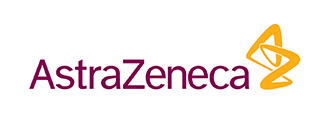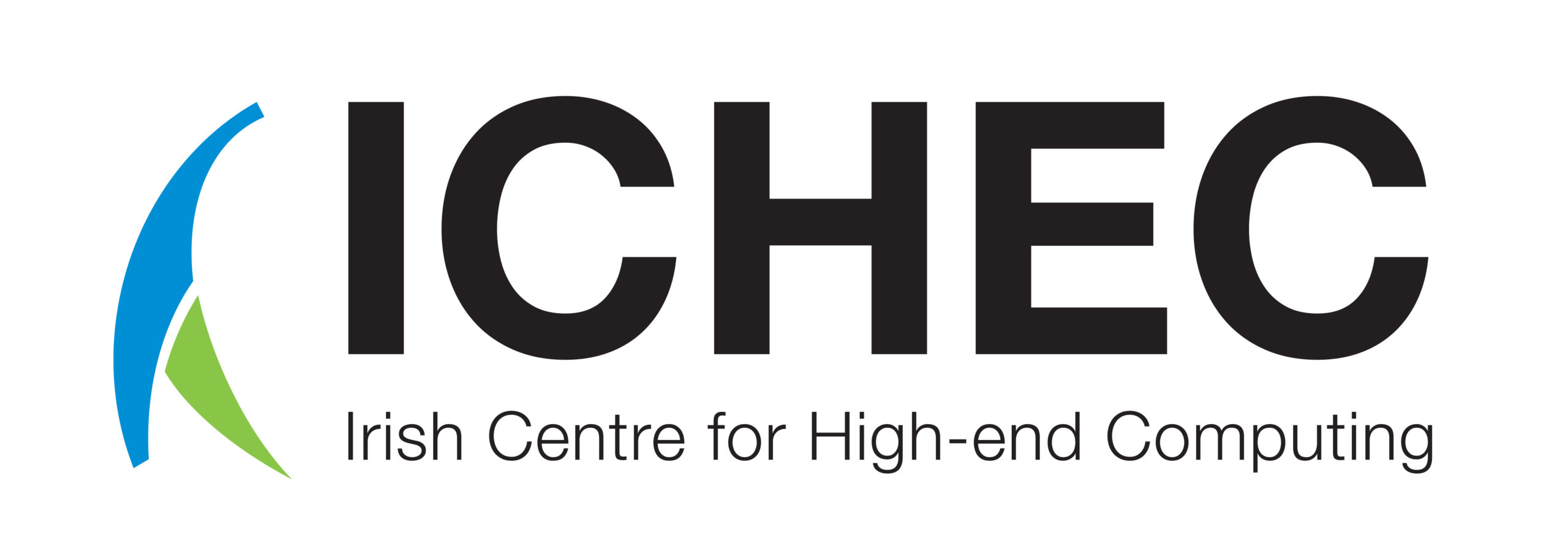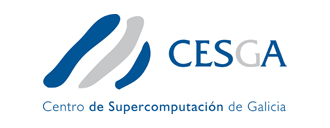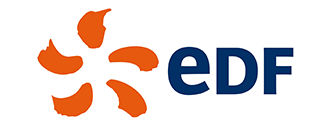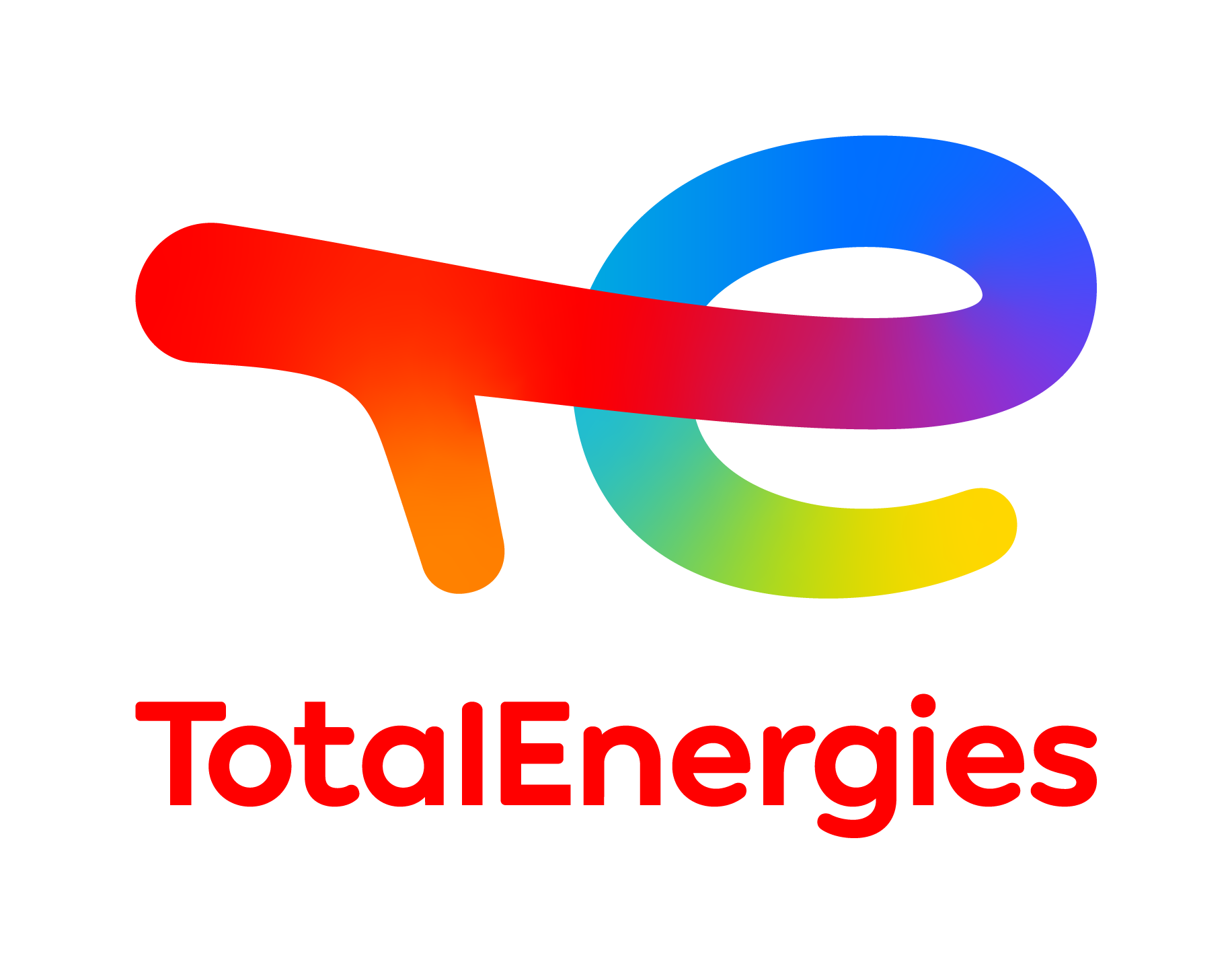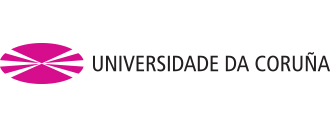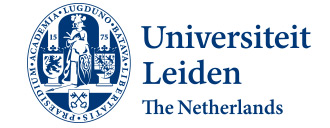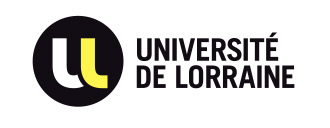For simulations in pharmaceutical research, in particular for discovering new drugs, it is often quite important to sample the energy landscape of the conformations of large molecules at room temperature.
This is usually achieved by moving the atoms to different positions and solving the electronic structure problem for each of these atomic conformations. However, with 1000 atoms and more this approach becomes quite time-consuming, and even if the solver of the electronic structure problem is extremely fast, sampling all relevant atomic positions can be computationally prohibitively expensive. The sampling problem can be massively accelerated by solving the electron structure problem, while also considering the atomic positions as quantum mechanical degrees of freedom.
Our deliverables so far
- D4.1 VA Beta and BBO Beta (report)
D4.1 VA Beta and BBO Beta (github) - D4.4 Completion of first software suite (open source software) (report)
KraChem repository>>
Variational algorithms repository>> - D4.6 Automatic Subspace Generation (ASG) (report)
KraChem repository>>
Our publications so far
- A quantum computing implementation of nuclearelectronic orbital (NEO) theory: Toward an exact pre-Born–Oppenheimer formulation of molecular quantum systems (The Journal of Chemical Physics)
- Nonadiabatic Nuclear–Electron Dynamics: A Quantum Computing Approach (The Journal of Physical Chemistry Letters)

